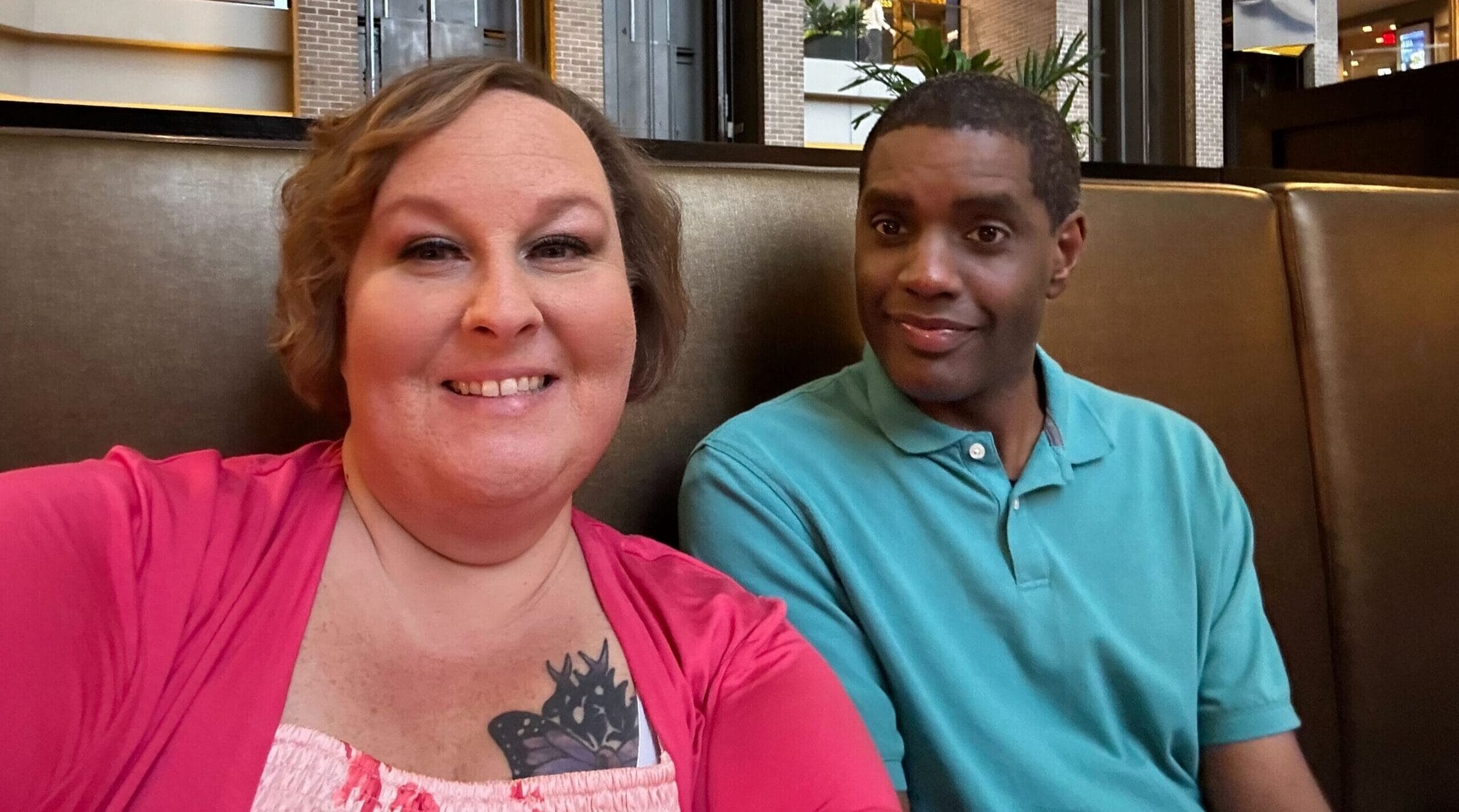Transthyretin amyloid cardiomyopathy (ATTR-CM) is a challenging condition, and at this stage, it’s a matter of life and death. There’s no cure, but we’re doing everything possible to slow its progression. When a pharmaceutical company approached my husband and I with an opportunity to travel to New Orleans and share our story, we couldn’t resist.
But what does it mean to tell our story, and to whom? We embarked on a journey to meet with their sales representatives from across the country and medical representatives who visit doctors’ offices to educate them about the signs and symptoms of ATTR-CM.
Finding a sense of empowerment
The trip was a whirlwind of activity. We flew out on a Tuesday afternoon and were greeted by a chauffeur, making us feel like royalty. The car was luxurious, and I couldn’t resist asking Brad if I could keep it. He playfully showed me the price, and we realized this car was worth more than our house.
Upon our arrival at the hotel, the team warmly welcomed us and checked us in. After a delicious lunch, we had a dress rehearsal to practice our presentation. The small group of about 12 people in the room made the rehearsal feel less intimidating.
Next we gathered for dinner, where Brad and I had the most amusing Uber driver. The restaurant was unique and offered some bizarre entrees. We decided to try the duck, but I must say, I would never recommend it. After one bite, I declared it a no-go — but I’m glad I still tried it for its sake.
After dinner, we headed to a local jazz club and listened to some live music. It was a great experience, and we thoroughly enjoyed the atmosphere. When we returned to our hotel, Brad and I ordered room service because the duck had been such a culinary disappointment.
The next day arrived, and it was showtime! We were treated to hair and makeup; I even got false eyelashes. Once the finishing touches were done we embarked on a whirlwind of photo shoots, capturing various moments. It was an exhilarating experience, and the photographer was incredibly talented.
Finally, the moment arrived when we stepped onto the stage to address a crowd of 300 people and share our story. To my surprise, it went exceptionally well. It felt as if I was seamlessly continuing my father’s narrative. This disease is a rollercoaster of emotions, with unpredictable ups and downs that we cannot control. At that moment, I felt a sense of empowerment, a feeling that I had some control over my situation. I realized that I was actively taking action rather than passively waiting for the disease to steal my abilities.
Putting a face to ATTR-CM
The most overwhelming part came after the show, when the audience approached us, expressing gratitude for sharing our story. I firmly believe that we should thank them for all they do to help patients access life-changing care. They risk their lives, fight against the disease and do the real work. Brad and I are simply living our lives.
Before we began, I felt they would perceive Brad as the patient and me as the caregiver. One of the individuals shared that she had to work on her stereotypes because when we entered the room, she mistakenly thought Brad was the patient.
Surprisingly, the audience also shared that doctors had been reluctant to discuss amyloidosis. They believed it was an older male disease, predominantly affecting black individuals, and that it was not a concern for them. How wrong could they be? How many lives are being lost because of their rigid thinking? We must break free from these limitations and do better.
This is my unwavering goal throughout this journey: to put a face to this disease, to make it personal — because, to me, it is. We have lost too many precious lives to this disease, and our family has suffered as well. I can sense the toll it is taking on me, and we must do better!
After our talk, we had to rush to the airport for our flight home. This was our first time away from the boys, and they handled it exceptionally well. We are incredibly grateful for friends who stepped in and showed our kids the love and care they deserved as if they were their own. They sent this mama photos because they knew I would cherish them. We are so thankful for the people God has placed in our lives.
Making a difference
The trip to New Orleans was fast-paced and hectic, yet it shed light on this devastating disease. I pray we were a beacon of hope and faith for Jesus throughout our journey. I hope that I made my dad proud; I hope that I brought comfort and strength to anyone who lost a loved one to this disease. I hope we made a positive difference. I am so grateful for the opportunity, the trip, and the treatment; it was an incredible experience. It was overwhelming, and I am still recovering because my body endured a lot, but thanks to God’s grace, it held up remarkably well. My stomach, which can be unpredictable, had its own rhythm, even amidst the unfamiliar cuisines we encountered.
ATTR-CM is a challenging condition, but if we look closely, we can find beauty amid adversity, be refined in the crucible of suffering, and persevere through the darkest valleys, knowing that better days are ahead. One day, a cure … we must keep pushing forward.
Sign up here to get the latest news, perspectives, and information about ATTR-CM sent directly to your inbox. Registration is free and only takes a minute.


